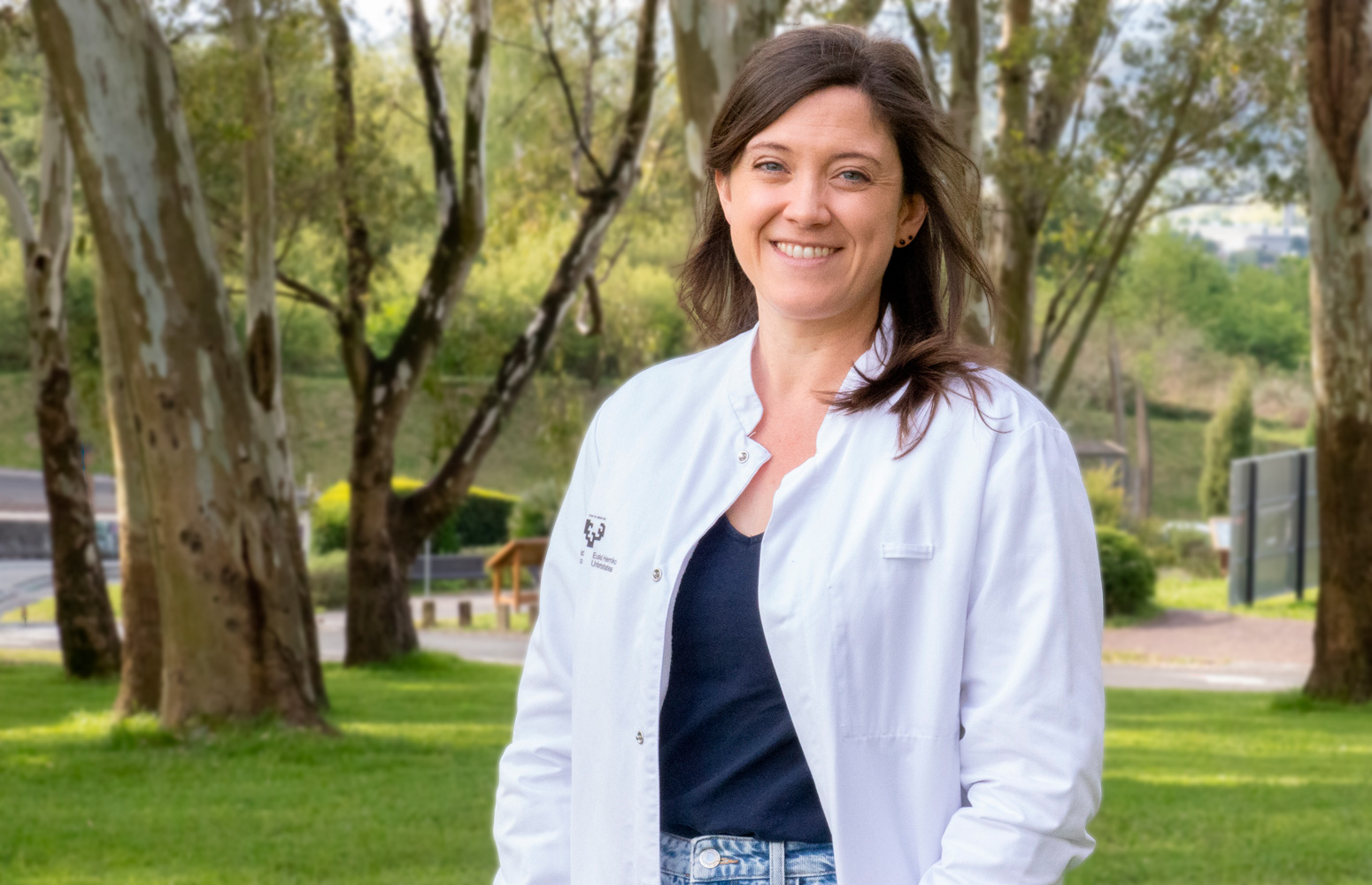A researcher in the UPV/EHU’s Department of Preventive Medicine and Public Health has recently published a piece of research as part of the INMA project in which they measured how exposure by pregnant women to environmental pollutants PM2.5 and NO2 affects their offspring 4 years after birth. Memory, speech and general cognition are most adversely affected and boys are affected most although the extent is small.
Four years after birth the pollutants inhaled during pregnancy only affect boys
Within the framework of the INMA project begun 13 years ago, the UPV/EHU-University of the Basque Country is now exploring the effect of air pollutants on 4- to 6-year-olds
- Research
First publication date: 06/08/2019

It is well known that environmental pollution affects health. Specifically, nitrogen dioxide (NO2) and particles of less than 2.5 microns (PM2.5) harm various aspects of human health, such as the cardiovascular system or the respiratory tract, as well as foetal development owing to the oxidative stress caused by pollution and due to the fact that some substances are neurotoxic.
Since 2006 the researcher Aitana Lertxundi-Manterola of the Department of Preventive Medicine and Public Health of the UPV/EHU’s Faculty of Medicine and Nursing has been working on the INMA (Childhood and Environment) project, which is studying the effect of the pollutants PM2.5 and NO2 on pregnant women and their offspring: “It’s a State project, a monitoring study. We started with pregnant women by looking at how their exposure to environmental pollutants was affecting their physical development. And then we began to monitor the effect that this exposure was having on the physical and neurophysical development of the girls and boys born. We’ve been doing this monitoring for the last 13 years,” explained the PhD-holder in environmental Epidemiology.
In previous studies the effect of pollutants was analysed when the children were born and at 15 months. Now “we have explored to see whether their exposure to these two pollutants before birth has somehow affected their cognitive and motor development at the age of 4-6 years”, explained Lertxundi. The study was based on the data of the people involved in the INMA project from the following three regions: the Goierri area in Gipuzkoa (Basque Country), Valencia capital and Sabadell.
Boys more affected by pollution
In the study they conducted when the participants were 15 months old, they saw that breastfeeding protected them against the stress caused by these pollutants. “This time, however, we did not confirm that the breastfeeding received conferred protection in any way by the time they were between 4 and 6,” she added.
What is more, the results of the study “revealed that these two pollutants exert a very limited effect on cognitive aspects, since the results were not statistically significant. But when separating the results according to sex, we realised that the pollutants harmed boys to a greater extent, and that in some aspects the effect was even statistically significant with respect to memory and speech, for example", specified Lertxundi.
The research group that conducted the study believes that this difference in terms of sex, the greater susceptibility of boys to neurotoxic substances, needs to be studied in greater depth. “It may be linked to the thyroids, in other words, it could be hormonal. Some studies done with rats have also revealed that difference, even with non-environmental toxins," she concluded.
Additional information
Besides belonging to the Department of Preventive Medicine and Public Health of the UPV/EHU’s Faculty of Medicine and Nursing, Aitana Lertxundi-Manterola is a researcher at the Biodonostia Institute, and a member of the Biomedical Research Networking Center for Epidemiology and Public Health (CIBERESP). This research was conducted with the collaboration of other members of the above-mentioned organisations.
Bibliographic reference
- Prenatal exposure to PM2.5 and NO2 and sex-dependent infant cognitive and motor development
- Environmental Research (2019)
- DOI: 10.1016/j.envres.2019.04.001


